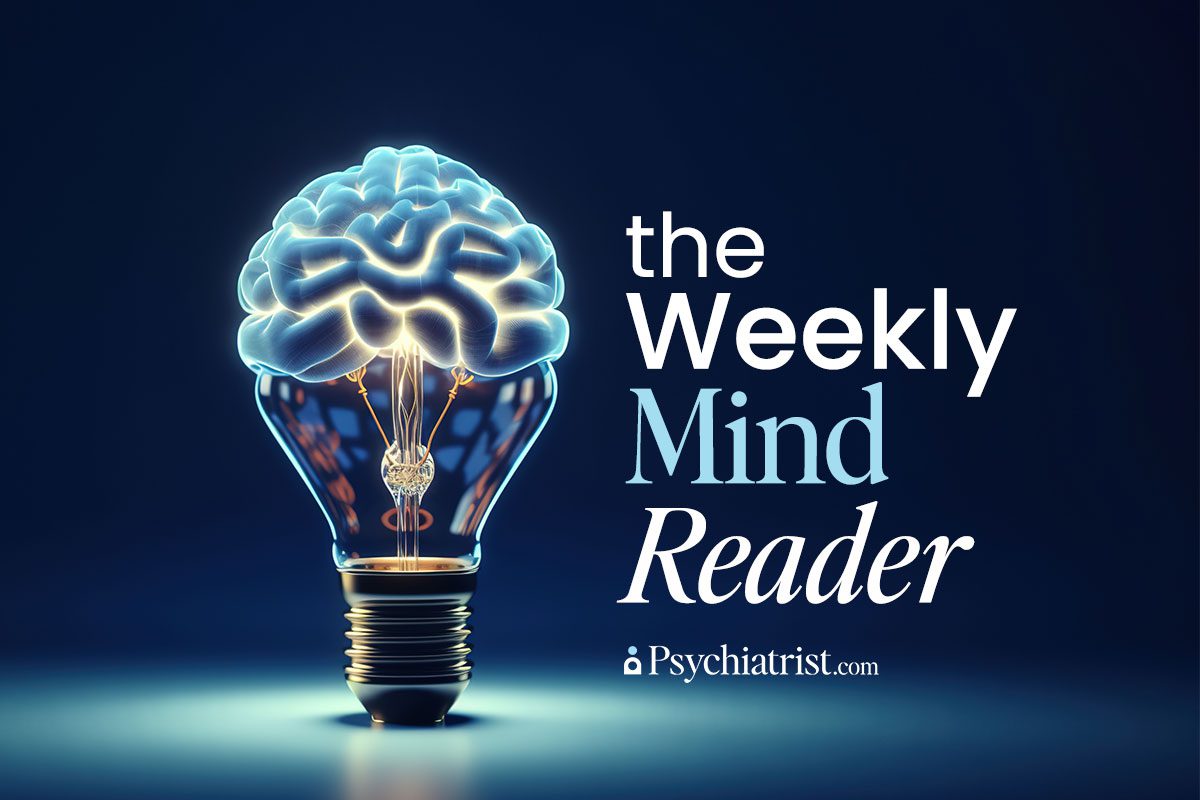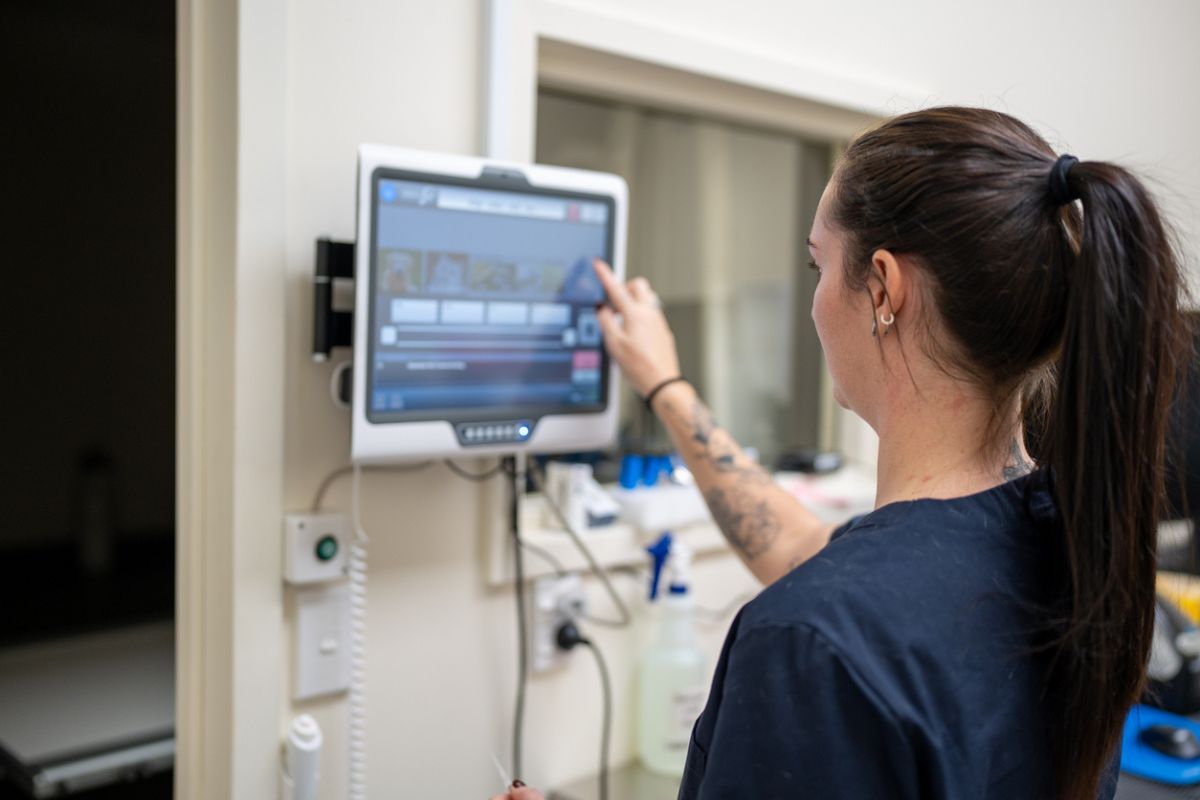Despite their reputation as the nicest people – at least in North America – they’re not immune to the ravages of trauma. The latest data suggests that nearly two-thirds of them “had been exposed to a potentially traumatic event at some point in their lives.” And about 8 percent of them report moderate to average PTSD symptoms.

Many others show at least some signs of PTSD. And since the disorder can be so complex and manifest in so many different ways, treatment remains challenging.
New research out of Concordia University provides new insight into how caregivers might approach treatment more effectively. Appearing in the Journal of Aggression, Maltreatment & Trauma, the study, led by Walter Marcantoni, an assistant professor in the Department of Psychology, assesses the outcomes of intensive outpatient programs (IOPs) and residential care.
The researchers found that IOPs, where patients receive professional care daily while staying home, are just as effective as inpatient programs, which require patients to stay at specialized facilities anywhere between six and 12 weeks. Specifically, the team discovered that both approaches significantly outperform standard outpatient care, which suffers dropout rates of up to 50 percent.
“For patients, this means that there are options when it comes to receiving care,” Marcantoni explained.
Comparing PTSD Treatment Strategies
Marcantoni and his team looked at 32 studies covering PTSD treatment for active military personnel and veterans from Australia, Israel, the United Kingdom and the United States. Study participants frequently reported co-morbid conditions such as anxiety, depression, or substance abuse.
Both residential programs and IOPs offered psychotherapy — including cognitive behavioral therapy and cognitive processing therapy — usually in group settings. They also incorporated complementary therapies, such as anger management, art therapy, and medication management.
What the researchers uncovered suggests that both residential care and IOPs produce similar improvements.
“The average changes from intake to discharge in residential clinics and IOPs were basically the same,” Marcantoni added. “There was really no difference.”
Active Service Member vs. Veteran Outcomes
Researchers identified notable variances in outcomes between private IOP clinics, which typically serve veterans, and government-run programs under the U.S. Department of Defense, which typically treats active service members.
Active service members often battle with the unfair stigma that clings to often-mandated treatment. Veterans, on the other hand, normally seek out help on their own. This different treatment motivation might contribute to different outcomes.
“At this point we can only speculate, but it seems that IOPs seem better suited to veterans than to active service members,” Marcantoni said. “There can be several reasons for this: there is still a stigma attached to having to undergo treatment, and for active members, treatment is usually not voluntary but ordered. For veterans, enrolling in these programs is entirely voluntary – they are doing it because they want to.”
Looking Ahead
The Concordia study appears to be the first to compare the efficacy of residential PTSD treatment programs and IOPs. He suggests that future research should dig deeper into the disparities between private and government-run clinics. He also proposed an examination of how caregivers might better tailor treatment approaches to better serve diverse populations.
By shedding light on the effectiveness of different PTSD treatment models, the study offers hope for veterans struggling with PTSD.
Further Reading
Hyperbaric Oxygen Therapy Shows Promise in Treating PTSD
Pimavanserin Shows Promise for Insomnia in Veterans with PTSD
Prevalence, Correlates, and Burden of Subthreshold PTSD in US Veterans



